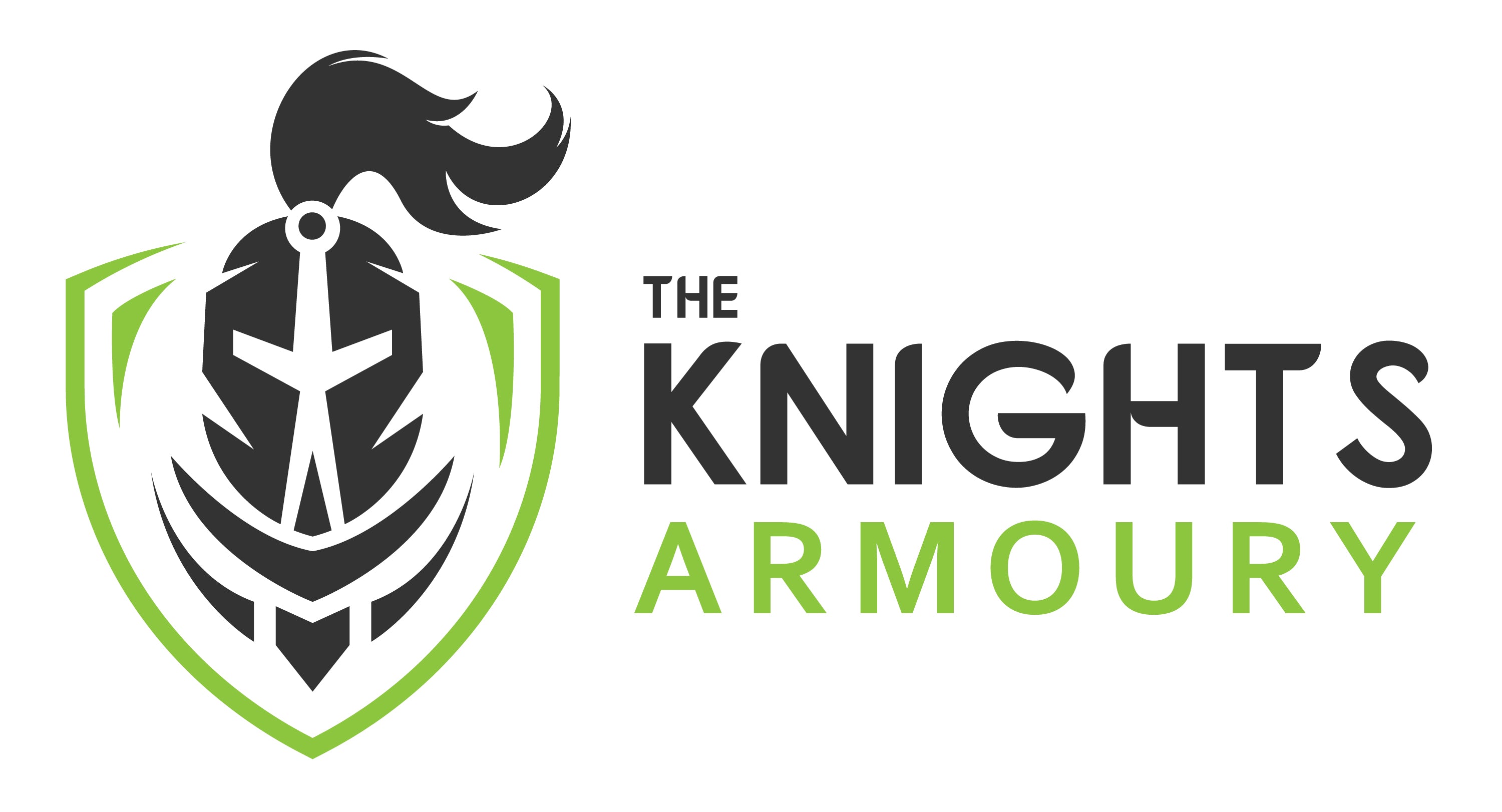Historical European Martial Arts (HEMA) isn’t just for adults; it’s also a fantastic discipline for children. HEMA offers engaging and educational programmes that foster physical fitness, discipline, historical knowledge, and teamwork. In this blog, we’ll explore the world of HEMA for kids, highlighting the benefits, curriculum, training methods, and safety measures that make it an excellent choice for young martial artists.
Benefits of HEMA for Kids
Physical Fitness:
HEMA training combines footwork drills, sword techniques, and sparring exercises that promote cardiovascular endurance, strength, agility, and coordination.
Discipline and Focus:
HEMA teaches children discipline, focus, respect for instructors and peers, and the importance of following instructions and rules during training sessions.
Historical Knowledge:
HEMA introduces children to European martial traditions, historical weapons, knightly virtues, and cultural heritage, fostering an appreciation for history and martial arts.
Problem-Solving Skills:
HEMA encourages critical thinking, strategic planning, and adaptability in combat scenarios, helping children develop problem-solving skills and tactical awareness.
Confidence and Self-Esteem:
HEMA empowers children by building confidence, self-esteem, and a sense of achievement as they progress in their martial arts journey and master new techniques.
Teamwork and Sportsmanship:
HEMA promotes teamwork, cooperation, and sportsmanship through partner drills, sparring, and group training exercises, fostering camaraderie and mutual respect.
HEMA Curriculum for Kids
The HEMA curriculum for children is designed to be age-appropriate, engaging, and educational, focusing on foundational skills, safety protocols, historical context, and progressive learning milestones. Here’s an overview of key elements in the HEMA curriculum for kids:
Basic Sword Techniques:
Children learn fundamental sword techniques, grips, stances, guards, strikes, and blocks using synthetic training swords or padded weapons.
Footwork and Movement:
HEMA training emphasises proper footwork, balance, agility, and mobility through drills, games, and exercises that improve coordination and spatial awareness.
Safety and Equipment:
Kids are taught the importance of safety in HEMA, including wearing protective gear such as fencing masks, gloves, jackets, and knee/elbow pads during sparring and training.
Historical Context:
HEMA classes incorporate historical context, storytelling, and demonstrations to educate children about the origins, traditions, and cultural significance of European martial arts.
Sparring and Drills:
Controlled sparring sessions, partner drills, and scenario-based exercises allow children to apply techniques, practice timing, manage distance, and develop tactical thinking.
Gradual Progression:
The HEMA curriculum for kids follows a gradual progression of skills, starting with basic movements and advancing to more complex techniques as children gain proficiency and experience.
Training Methods and Engaging Activities
HEMA for kids employs various training methods and engaging activities to keep children motivated, focused, and excited about learning martial arts. Here are some examples:
Games and Challenges:
Incorporating games, challenges, and obstacle courses into HEMA classes makes training fun, interactive, and dynamic, encouraging active participation and enthusiasm.
Storytelling and Role-Playing:
Using historical narratives, myths, and legends, HEMA instructors engage children in storytelling and role-playing activities that bring martial history to life and spark imagination.
Team Drills and Partner Exercises:
Team-based drills, partner exercises, and cooperative activities promote teamwork, communication, and social skills, enhancing the overall learning experience.
Creative Projects:
Encouraging children to create their own training weapons (e.g., foam swords, shields) or design historical-themed artwork fosters creativity, ownership, and a deeper connection to HEMA culture.
Demonstrations and Exhibitions:
Organising demonstrations, exhibitions, or mock tournaments allows kids to showcase their skills, build confidence, and share their passion for HEMA with family and friends.
Rewards and Recognition:
Implementing a system of rewards, badges, certificates, or progress tracking charts motivates children to set goals, achieve milestones, and feel a sense of accomplishment in their martial arts journey.
Safety Measures and Supervision
Safety is paramount in HEMA for kids, and instructors follow strict safety measures and supervision protocols to ensure a safe and positive learning environment:
Protective Gear:
Children are required to wear appropriate protective gear, including fencing masks, gloves, jackets, and padding, to minimise the risk of injuries during sparring and training.
Controlled Sparring:
Sparring sessions are carefully supervised, controlled, and adjusted based on children's skill levels, ensuring a balance between challenge and safety.
Clear Rules and Guidelines:
HEMA classes establish clear rules, guidelines, and etiquette for conduct, respecting opponents, and following safety protocols during training and sparring activities.
Qualified Instructors:
Qualified HEMA instructors with experience working with children provide expert guidance, instruction, feedback, and encouragement, prioritising safety and skill development.
Parental Involvement:
Parents are encouraged to participate, observe, and support their children's HEMA journey, staying informed about training activities, progress, and safety measures.
HEMA for kids offers a unique blend of physical activity, historical education, character development, and fun, making it a rewarding and enriching martial arts experience for young practitioners. With a structured curriculum, engaging training methods, safety measures, and dedicated instructors, HEMA empowers children to build confidence, discipline, teamwork, and a lifelong passion for martial arts and historical traditions.

